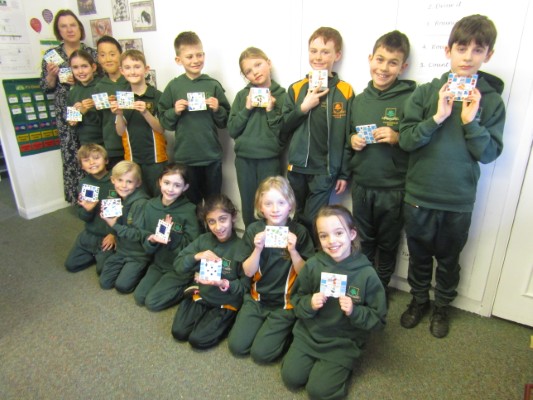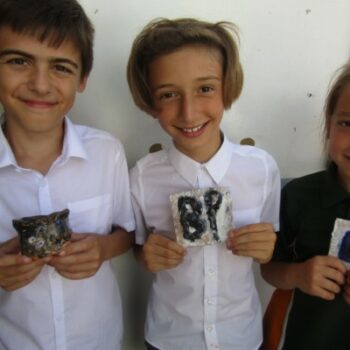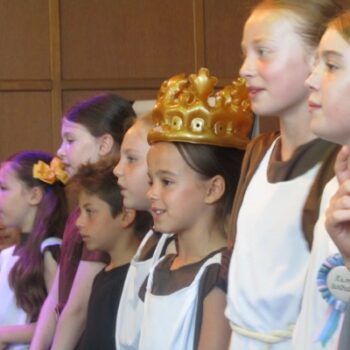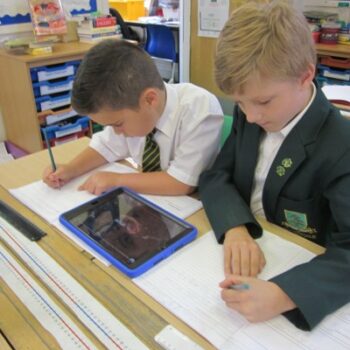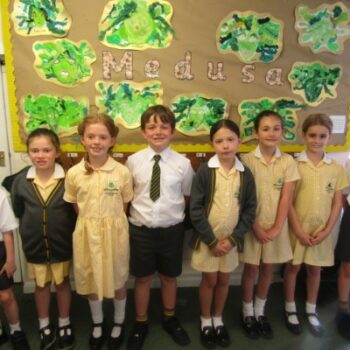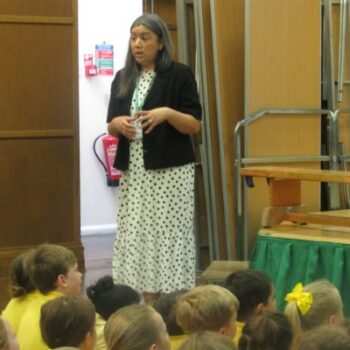Year 4 have been learning about the Romans in their topic work and have created their own mosaic tiles to deepen their knowledge of this period in history.
Roman mosaics were a common feature in private homes and public buildings across the empire, from Africa to Antioch. Not only are mosaics beautiful works of art, but they also serve as invaluable records of everyday life, depicting clothing, food, tools, weapons, plants, and animals.
Mosaic art is often described as a form of painting without paint. The Romans created mosaics by setting small tiles—called tesserae (singular: tessera), meaning “cubes” or “dice”—into a wet cement or lime plaster surface. In ancient times, colored pebbles were also used to create mosaics.
Mosaics hold great value both as artistic masterpieces and as social and economic records. In the Roman world, a citizen’s wealth was often reflected in the quality and number of mosaic floors in their home. The style of a mosaic pavement can reveal much about popular taste at the time.
Well done, Year 4, for your wonderful creativity!



